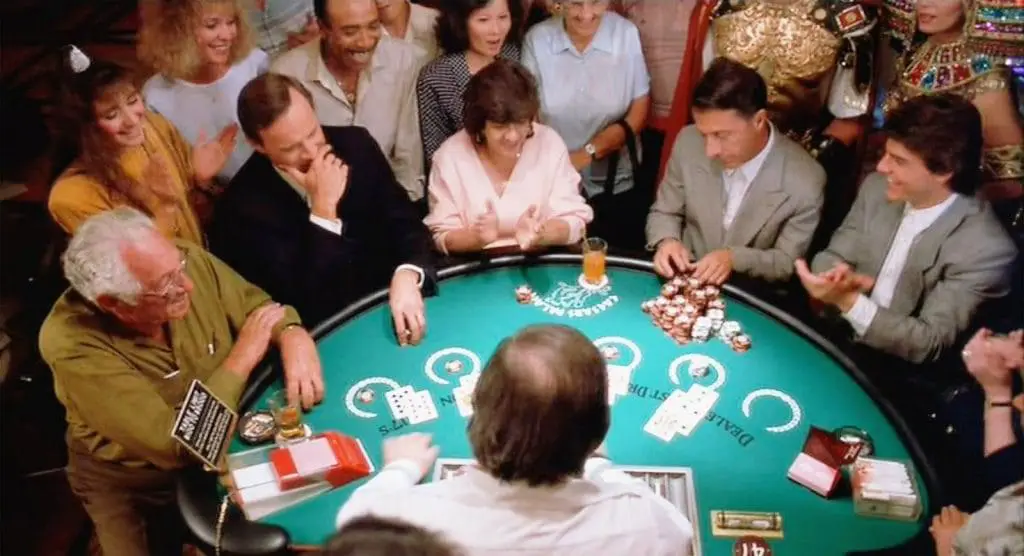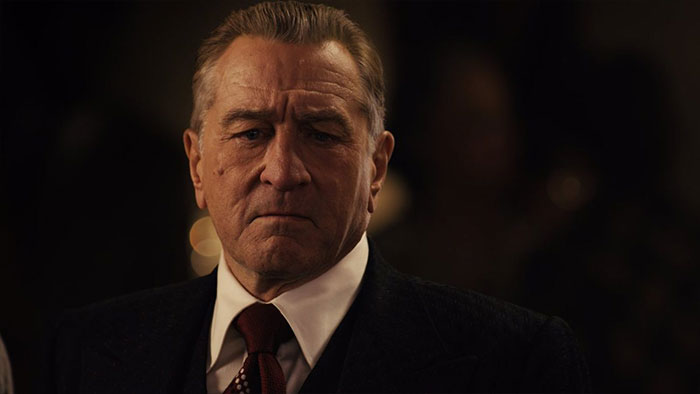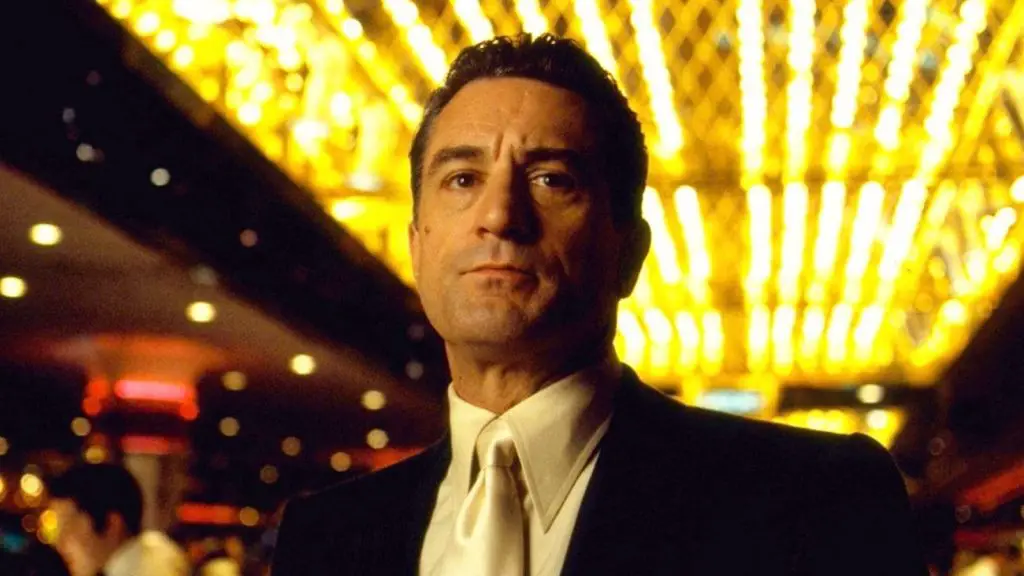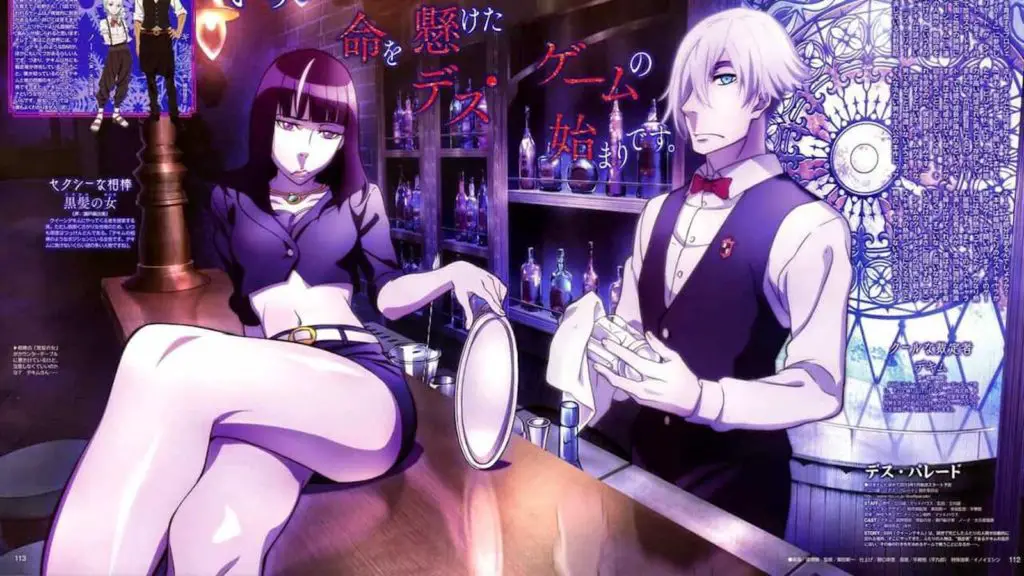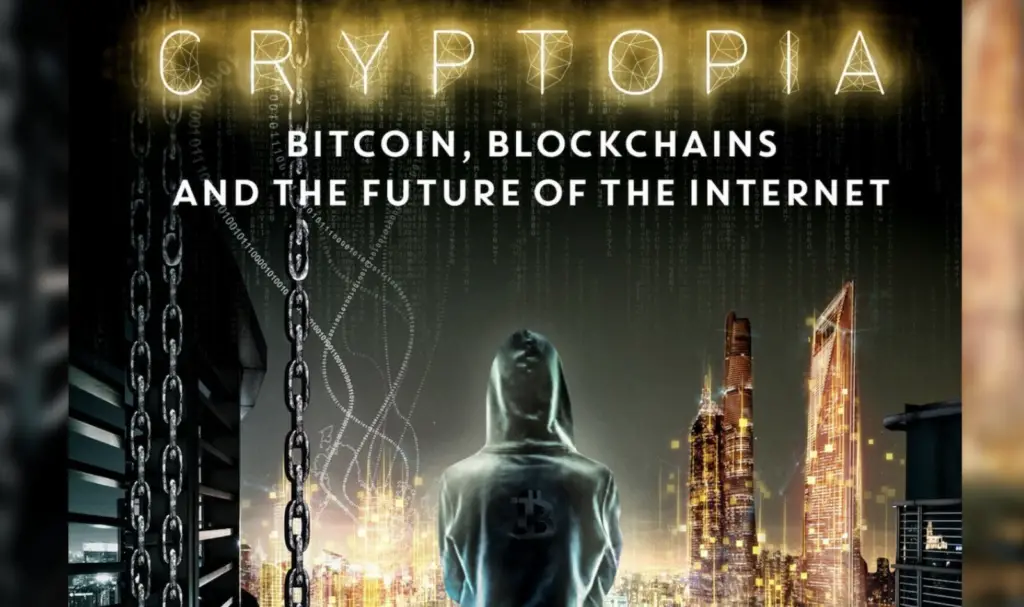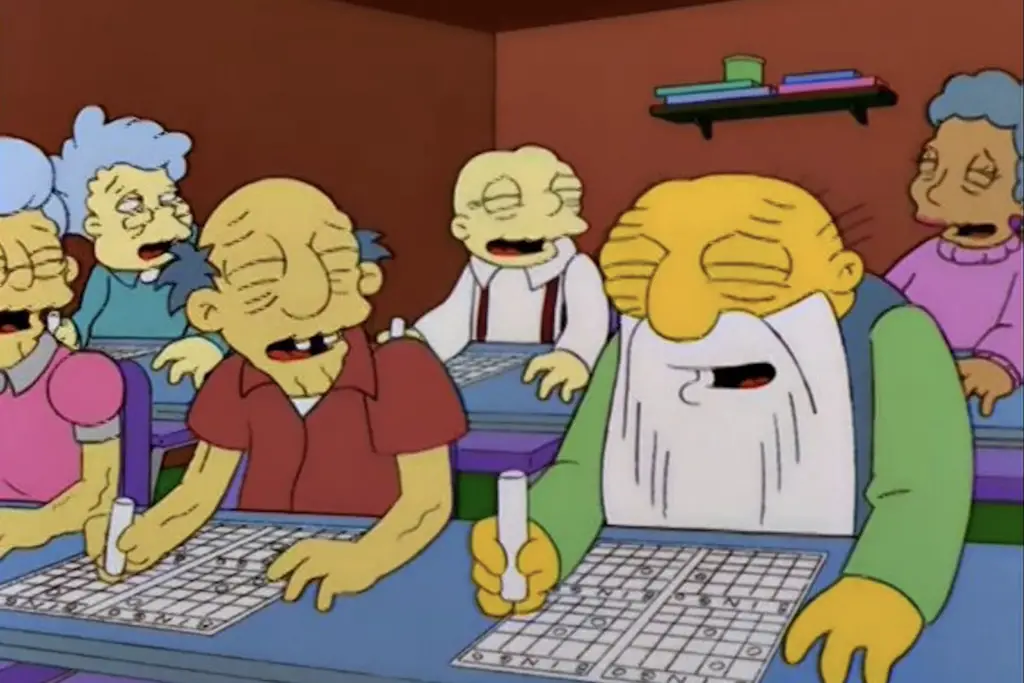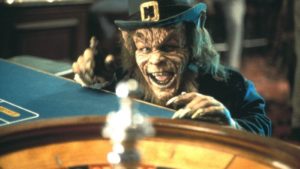
Explore Leprechaun 3 and discover how this film blends horror, comedy, and casino aesthetics into a memorable cinematic experience! Leprechaun 3, released in 1995, is a remarkable hybrid of horror and comedy, uniquely distinguished by its thematic pivot towards the casino universe. This Brian Trenchard-Smith directed movie, penned by David DuBos, is the third installment in the bizarre yet captivating Leprechaun series. As the most comedic entry up to that point, Leprechaun 3 takes its audience on a chaotic journey into the city of Las Vegas.
Known for its thriving casino culture, Vegas serves as a rich backdrop for the unfolding mayhem as the menacing Leprechaun, portrayed by Warwick Davis, goes on a relentless pursuit for his lost gold. For fans of casino movies, there is a great portal https://bonus-bez-depozytu.
This movie brilliantly blends elements of horror with the undeniable charm and risks associated with the gambling universe, making it a memorable ride full of thrills, chills, and plenty of laughter.
Leprechaun 3’s plot overview
The plot of Leprechaun 3 kicks into gear as a Las Vegas pawn shop owner acquires a mysterious statue of the Leprechaun, restrained by a medallion that has kept him in a dormant state. With the removal of the medallion, the Leprechaun is unwittingly unleashed upon Las Vegas, and his singular, gold-obsessed focus returns. At the same time, naive college student Scott McCoy, played by John Gatins, arrives in Vegas.
He stumbles upon one of the Leprechaun’s precious gold coins, which, unknown to McCoy, carries a wish-granting curse. As McCoy unwittingly wishes for a Vegas-style fortune, he is drawn into a whirlwind of terror and humor.
The resulting chaos is as much a part of the Las Vegas landscape as the vibrant neon lights, ringing slot machines, and (not so) provably fair games, making Leprechaun 3 a comedic horror journey through the heart of Sin City itself.
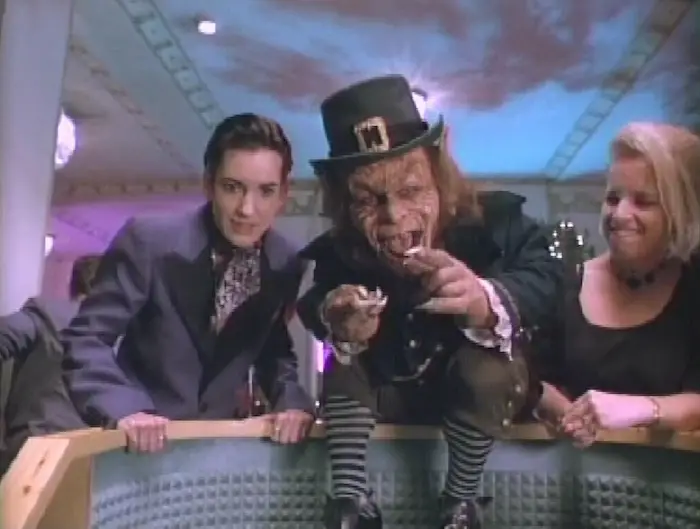
Thematic analysis of Leprechaun 3
Leprechaun 3 explores several themes relevant to both horror and casino genres. The narrative cleverly intertwines the lure of luck, the gamble of chance, and the thrill of horror. The Las Vegas setting provides an apt metaphor for the Leprechaun’s promises of wealth. Just as gamblers risk their money on uncertain outcomes, characters gamble with their safety when dealing with the Leprechaun’s gold.
One of the central themes is the idea of avarice and its consequences. The characters who succumb to the temptation of the Leprechaun’s gold end up facing dire consequences.
This serves as a critique of unchecked ambition and greed often associated with the casino lifestyle. The wish-granting coin, in particular, is a symbol of the perilous allure of unchecked desire. The film also uses horror-comedy to satirize the extravagance and ostentation of Las Vegas culture. With his grotesque humor and outlandish violence, it serves as a distorted mirror reflecting the city’s darker underbelly beneath its glamorous surface.
The film, through its unique blend of horror and comedy, prompts viewers to question the true cost of their desires and the lengths they would go to fulfill them.
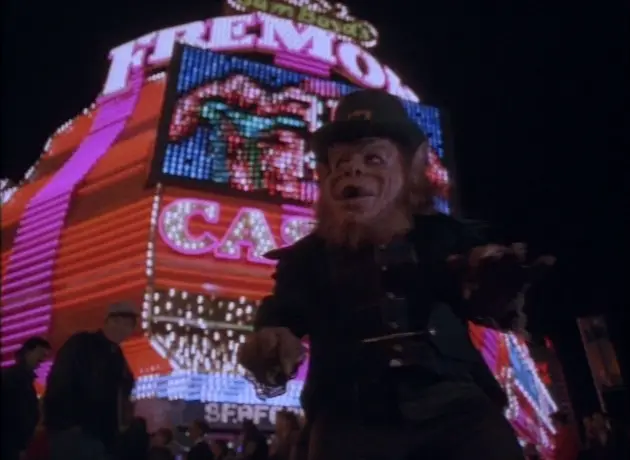
Cast and characters
Warwick Davis, recognized for his performances in fantasy cinema, reprises his role as the malicious, gold-hungry Leprechaun (Leprechaun, Leprechaun 2, Leprechaun 4: In Space, Leprechaun in the Hood, Leprechaun: Back 2 tha Hood…). Davis’ portrayal is characterized by a grotesque charm and devious wit, making his character both revolting and oddly endearing. His command over the Leprechaun’s dark humor and menacing persona instills a sense of fascination that carries through the movie.
John Gatins, as Scott McCoy, portrays the innocence and curiosity inherent to his character with expertise. He is an unwitting hero, an everyman character that audiences can relate to.
Lee Armstrong stars as Tammy Larsen, a magician’s assistant, whose kind-hearted nature and quick thinking make her a perfect counterpoint to the malevolent Leprechaun. Together, the cast creates a dynamic interplay that underscores the comedic horror of the narrative.
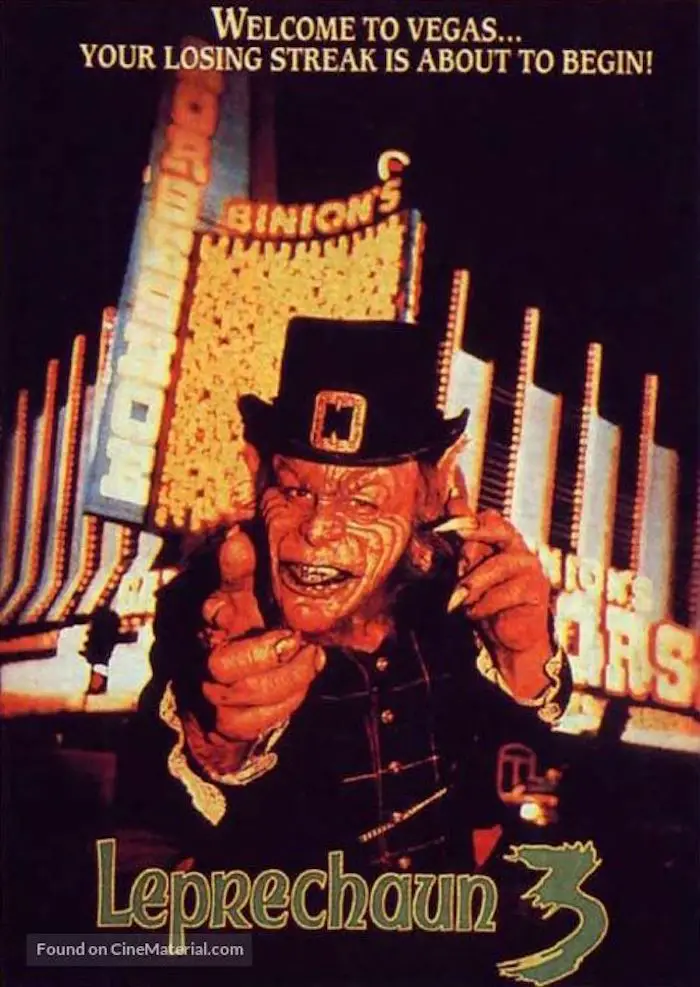
Leprechaun 3’s visuals and cinematography
Leprechaun 3 utilizes a vibrant palette of colors and imaginative cinematography to depict the garish charm of Las Vegas and the bizarre world of the Leprechaun. Cinematographer David Lewis, known for his work in the horror genre, perfectly captures the off-kilter sensibilities of the film.
The bright neon lights of Las Vegas casinos juxtapose the Leprechaun’s dark mischief, creating a striking visual contrast that heightens the horror-comedy effect. The casino scenes are filled with dynamic, bustling shots that recreate the allure and sensory overload of Vegas nightlife, lending authenticity to the setting.
In terms of visual effects, the film showcases impressive makeup and prosthetics work. The Leprechaun, in particular, is a testament to the ingenuity of the makeup department.
Moreover, Lewis employs a range of camera techniques to ramp up the tension and horror. Unusual camera angles, quick cuts, and close-ups of the Leprechaun’s sinister grin keep the audience on edge. The cinematography cleverly accentuates the film’s themes of greed and desire while amplifying the comedy-horror aesthetic. Not spectacular, but funny, though!
Leprechaun 3 successfully carves a niche for itself in the horror-comedy genre with its blend of dark humor, memorable characters, and macabre plot. It paints a vivid, albeit exaggerated, picture of Las Vegas’ allure and the perilous entrapment of unchecked desire. The movie combines the allure of casinos with the thrill of a horror flick, resulting in a unique cinematic experience. The film’s imaginative use of themes, such as transformation and greed, alongside its memorable characters, ensures it continues to entertain audiences years after its release.
While it might not cater to the tastes of hardcore horror or casino movie enthusiasts, Leprechaun 3 offers a unique and enjoyable blend of these two genres.
It is a testament to creative storytelling and an entertaining exploration of the darker side of wish fulfillment and the consequences of unchecked desire in the heart of a city built on dreams and illusions.
